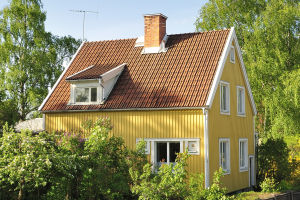Luminous Nights
Light pollution has emerged as a new form of environmental contamination, alongside waste gas, wastewater, and waste residue pollution. It encompasses white light pollution, artificial daylight pollution, and colored light pollution, posing a significant threat to human well-being.
The invention of electric light, which has a history of over 140 years, has undoubtedly brought convenience and illumination to our lives, enabling us to work and function during nighttime hours.
However, with approximately 80% of the world's population now residing in urban areas, the nocturnal glow from city lights has given rise to the problem of light pollution.
In our daily lives, common experiences of light pollution often involve discomfort caused by excessive or poorly directed artificial lighting, such as the glare from mirrored buildings.
Research conducted by Christopher Kiba of the German Center for Geosciences indicates that light pollution is causing a year-on-year brightening of the night sky by approximately 10%.
One aspect of light pollution is colored light pollution, which has become more prevalent with the rapid advancement of LED technology. Colored lights are extensively used in urban landscape lighting, commercial advertising, and entertainment events, adding vibrancy to city nights.
However, this increased use of colored lights also contributes to higher levels of light pollution. Colored light pollution adversely affects human circadian rhythms and sleep quality, and disrupts the ecosystems of wildlife and plants.
Another facet of light pollution is artificial daylight, wherein artificial light sources illuminate the night sky. Originally, artificial lights were intended to illuminate ground-level surroundings.
However, due to the diffusion effect caused by numerous suspended particles in the atmosphere, the entire night sky of cities becomes illuminated, even though the density of searchlights penetrating the sky remains relatively low.
While artificial daylight does not directly harm humans, it significantly impacts biological clocks. Insects, birds, and humans living in urban environments experience disruptions to their biological clocks. This, in turn, affects the overall ecological balance of the environment.
Light pollution poses several threats to human health. Prolonged exposure to excessive nighttime light disrupts the body's biological clock, leading to disturbances in the normal sleep cycle, insomnia, and reduced sleep quality. Sleep problems can subsequently result in mental health issues such as stress, anxiety, and depression.
Moreover, light pollution also influences physiological functions. The human body's endocrine system is regulated by the light-dark rhythm. Excessive nighttime light interferes with this regulatory mechanism, affecting hormone secretion and metabolic processes, thus increasing the risk of various health problems.
Additionally, light pollution has a profound impact on wildlife and plants. Artificial light at night disrupts the foraging, migratory, and reproductive behavior of wild animals, ultimately disturbing the delicate balance of ecosystems. For plants, nighttime light interferes with growth and physiological processes, affecting their flowering and fruit production.
Light pollution has emerged as a significant environmental concern, compared to other forms of pollution. Its detrimental effects on human health, disruption of biological clocks, and impact on wildlife and plants necessitate urgent measures to mitigate and regulate light pollution.
By raising awareness, promoting responsible lighting practices, and implementing appropriate regulations, we can preserve the natural darkness of the night sky and promote a healthier environment for all.


